By Alex Mikhail — Communications Strategist
Early in your PR career, you may have asked, “What is media relations, and why does it matter?” Whether you’re a seasoned veteran now or a business leader considering media relations as a strategy, the landscape is ever-evolving. And we can all use a refresher course now and then. In short, media relations is an essential function of public relations, where the main goal is to educate the media to report on a company’s objectives, accomplishments or other “news.” This “other” might involve another company or a person, and the outcome can be about anything notable or newsworthy.
A successful media relations effort always begins with the development of strong, outcome-producing relationships with media outlets, producers, assignment editors, print/online journalists, influencers and more.
Why Media Relations is Important
Media relations allows brands to break through the clutter by establishing credibility and trust with their audiences.
For example, company executives can be interviewed about a significant accomplishment or update, how they plan to achieve their goals and how this information will impact consumers or the public.
What is Earned Media?
Coverage secured through a traditional “pitch and place” outreach strategy is referred to as “earned media,” which does not involve advertising, paying for the story or another form of publicity.
Earned media is valuable because it holds more credibility than paid media. It requires reporters to understand which part(s) of a company’s news is “story-worthy” and relevant for their audience—without a financial incentive.
Benefits of Earned Media:
- Increases brand visibility and trust
- Positive media coverage enhances brand image
- Helps build strong media relationships
- Generates traffic and increases engagement
Tips for Conducting a Successful Media Relations Program:
To earn attention and build trust with the press, creating and implementing a targeted media relations strategy is paramount. Here are four tips to get started:
1. Build and Maintain Genuine Relationships with the Media
Successful media relations programs require exactly what you might think — building trustworthy relationships with media. This is critical, as they can be leveraged to secure more (and sometimes better) coverage opportunities in the future.
Establish a Genuine Connection:
As with any close relationship, establishing a genuine connection with assignment editors, planners and producers is key, rather than simply framing “What do I get out of this?” as the sole priority. Remember, this is a mutually beneficial relationship, so take time to engage in conversation that fosters a personal relationship. It could be through a shared hobby, how you both spend time on weekends, etc. Just try to avoid personal or touchy subjects, such as politics.
Maintain the Relationship:
Once you get to know a member of the media, make sure to maintain that relationship over time. Connect with them on social media and do not be afraid to reach out semi-regularly to see how they are doing. Not all correspondence should be about pitching a story.
2. Develop a Tailored Pitch
Do Your Research:
Successful pitching requires media relations professionals to do their research. Specifically, research the right journalists for each pitch. Their inboxes are inundated with story ideas every day, so do not waste their time. Approach them with news that is considered relevant within the parameters of their particular beat or interests.
Be Specific:
Regardless of focus, journalists want to tell stories that reach the widest audience possible. They tend to focus on stories that contain some combination of specific themes that are already part of the collective conversation. Those themes often include timeliness, impact, human interest or conflict. Media will not be interested in pitches that do not touch on at least one of these common themes.
3. Structure the Pitch Correctly
Nail the Hook:
Since an email subject line represents your first impression to the recipient, it is essential to nail it! Clarity and brevity make subject lines effective.
Consider including a compelling hook, in the form of a thought-provoking question or a striking statistic, to capture their attention from the outset.
The Five W’s:
Place the most critical information at the start of a pitch—any details you want the journalist to retain should be front and center.
As for the pitch itself, remember to address the Five W’s— “Who, What, When, Where and Why.” Each should be covered in a way that grabs journalists’ interest.
4. Understand the Target Audience
When pitching, understand what type of audience(s) they want to reach. Once the target audience is determined, confirm where they go to find news that interests them.
For example, if a pharmaceutical manufacturer wants consumers to know they have developed a new drug, consider pitching pharmaceutical industry publications, health and wellness outlets, health reporters and broadcast media that run special health segments.
Bottom Line: What is Media Relations?
A strategic media relations program is the cornerstone of a successful public relations strategy. When companies cultivate strong media relationships, important doors open for them to amplify their messages, build credibility and navigate the complexities of public perception more adeptly. Additionally, providing media coaching utilizing these best media training tips will ensure your client’s message is consistent and lands the right audience.
The evolving digital media landscape provides opportunities to engage directly with audiences, making it crucial to adapt and innovate. By embracing these principles, media relations professionals will be empowered to share compelling stories and shape the narratives that define them.
To learn more about media relations in a customized session for your team or your media spokesperson, call us at (858) 886-7900 or email info@wrightoncomm.com.

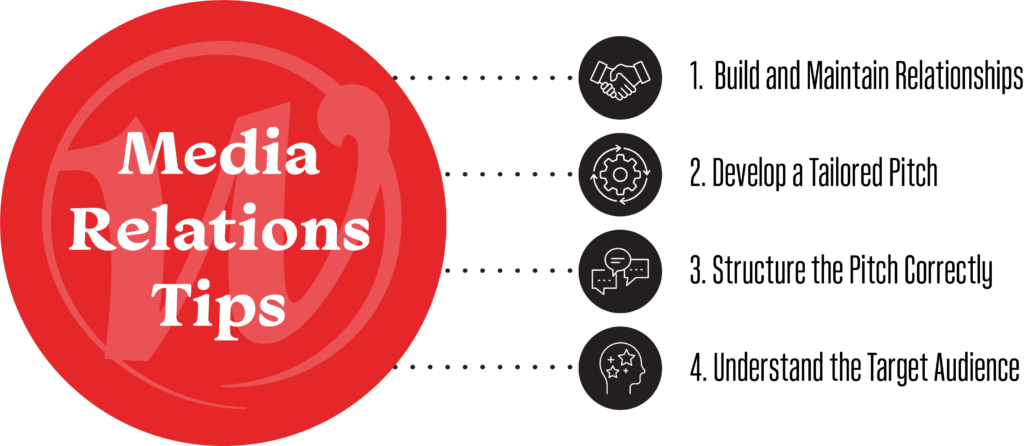

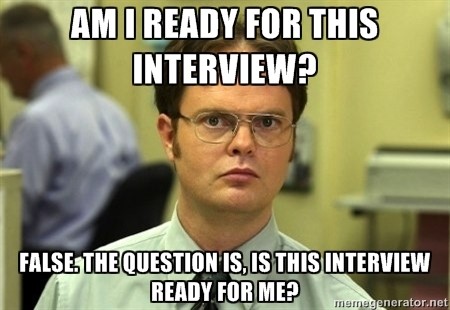
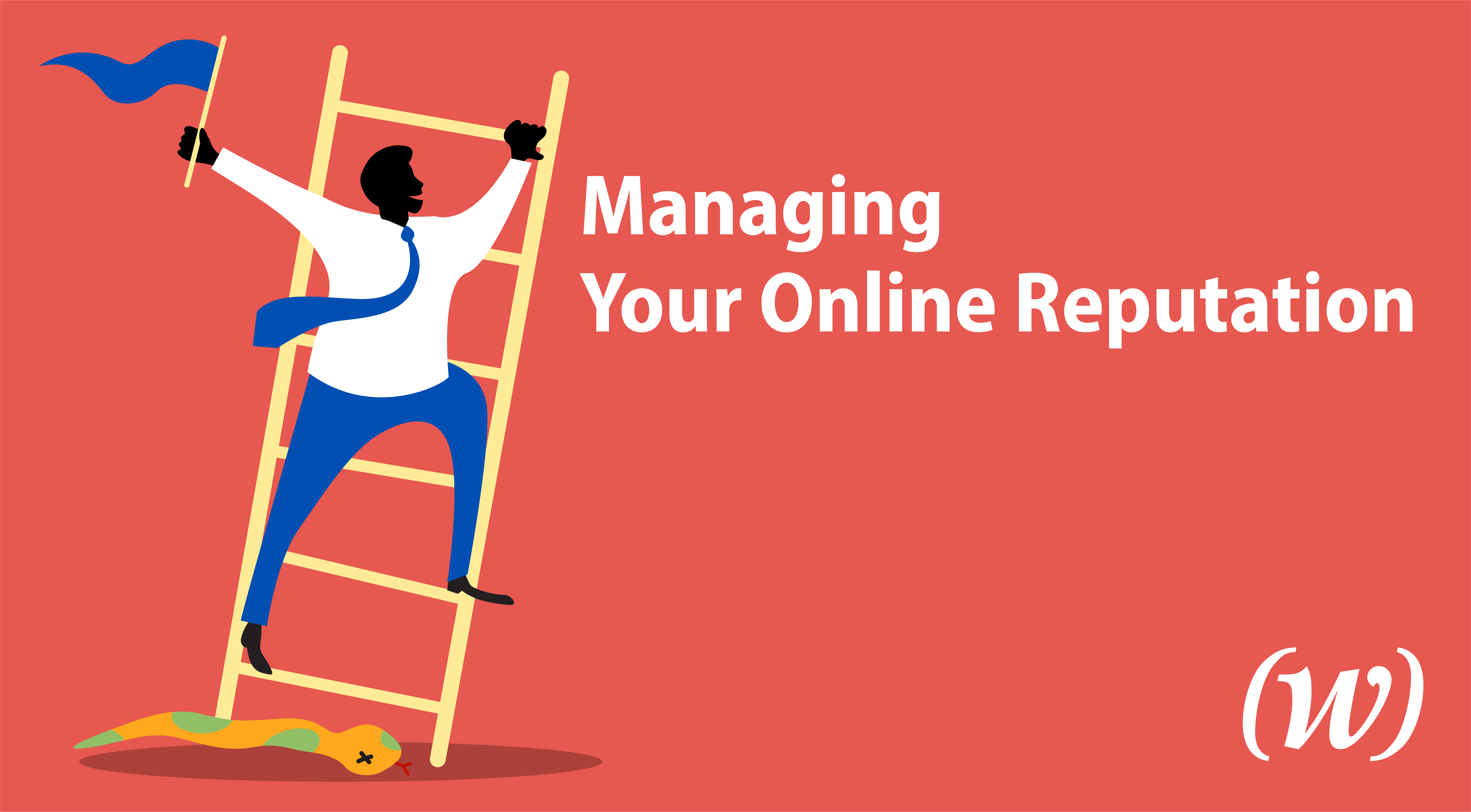
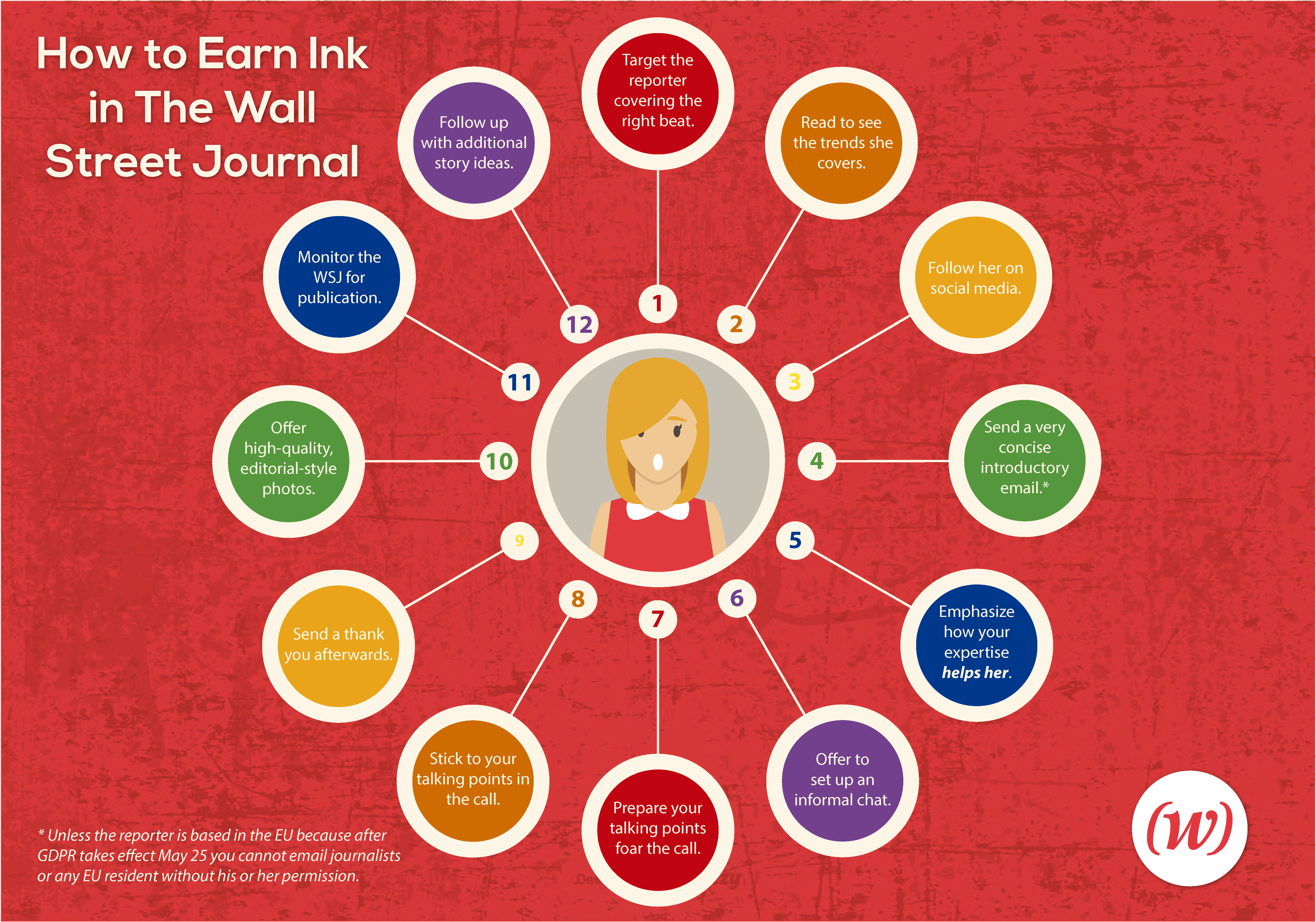
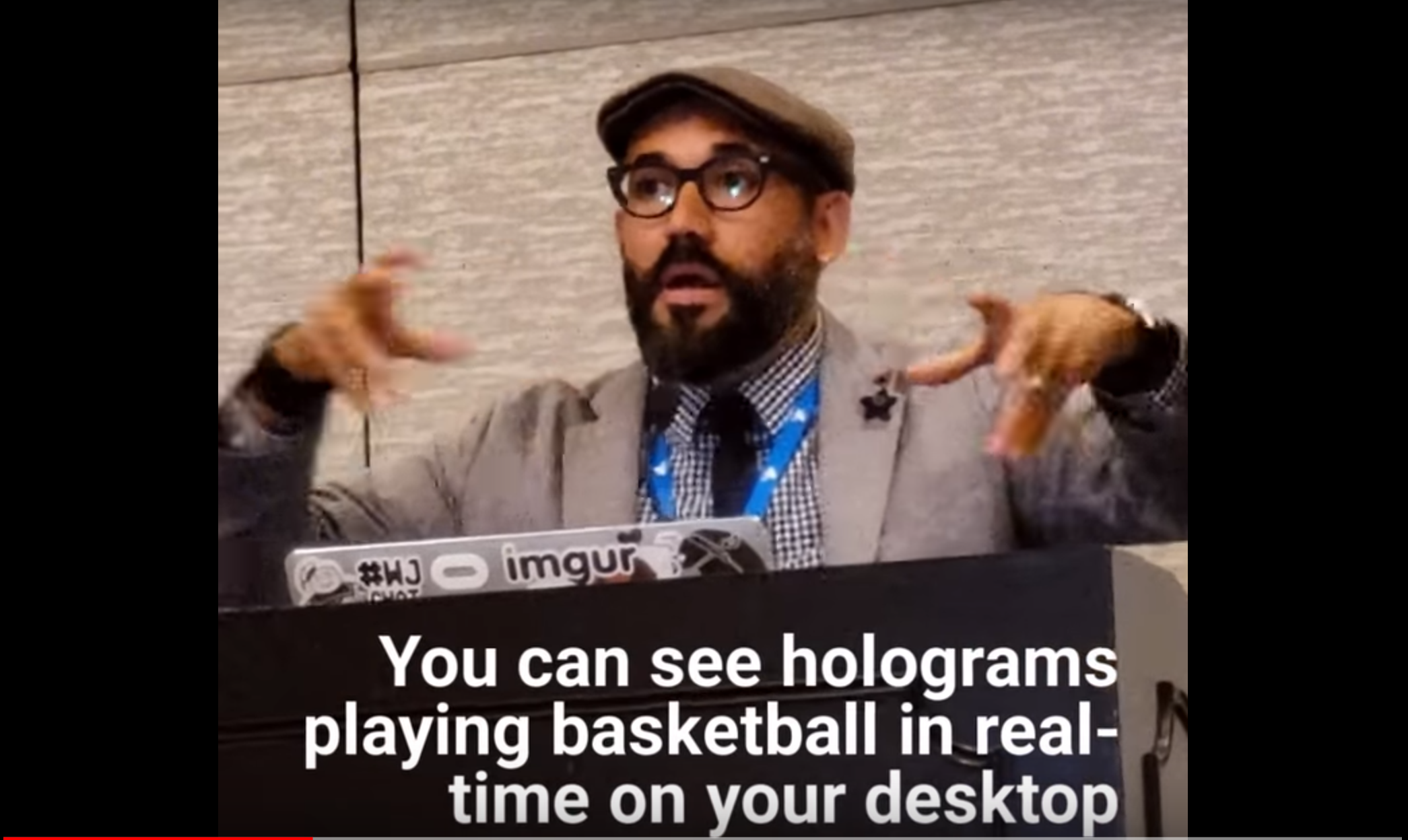
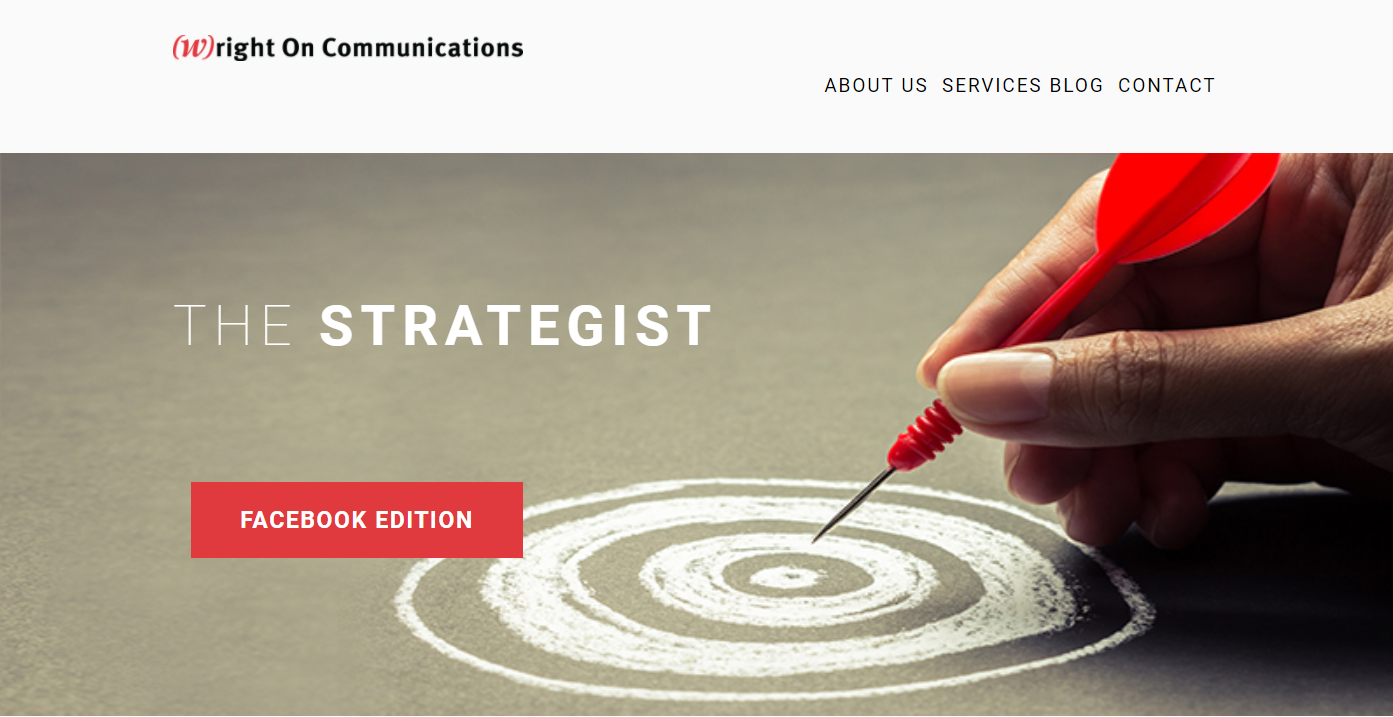
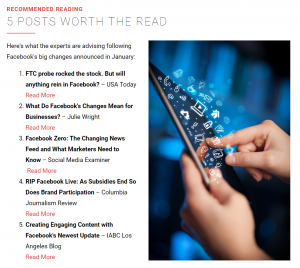










 Grant Wright
Grant Wright Corie Fiebiger
Corie Fiebiger
 Shae Geary
Shae Geary Phelan Riessen
Phelan Riessen Katrina Early
Katrina Early Hamish Marshall
Hamish Marshall